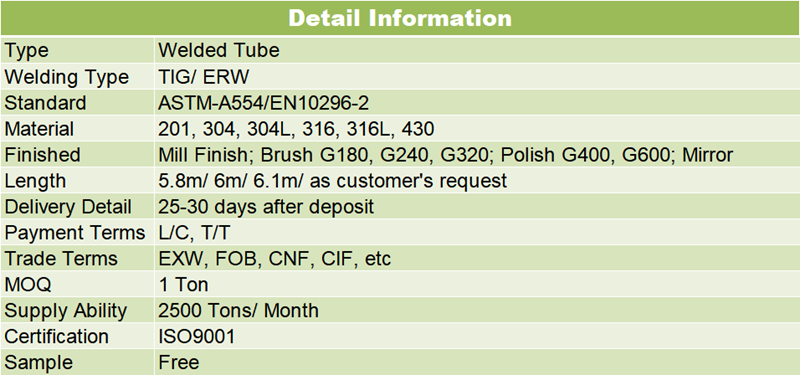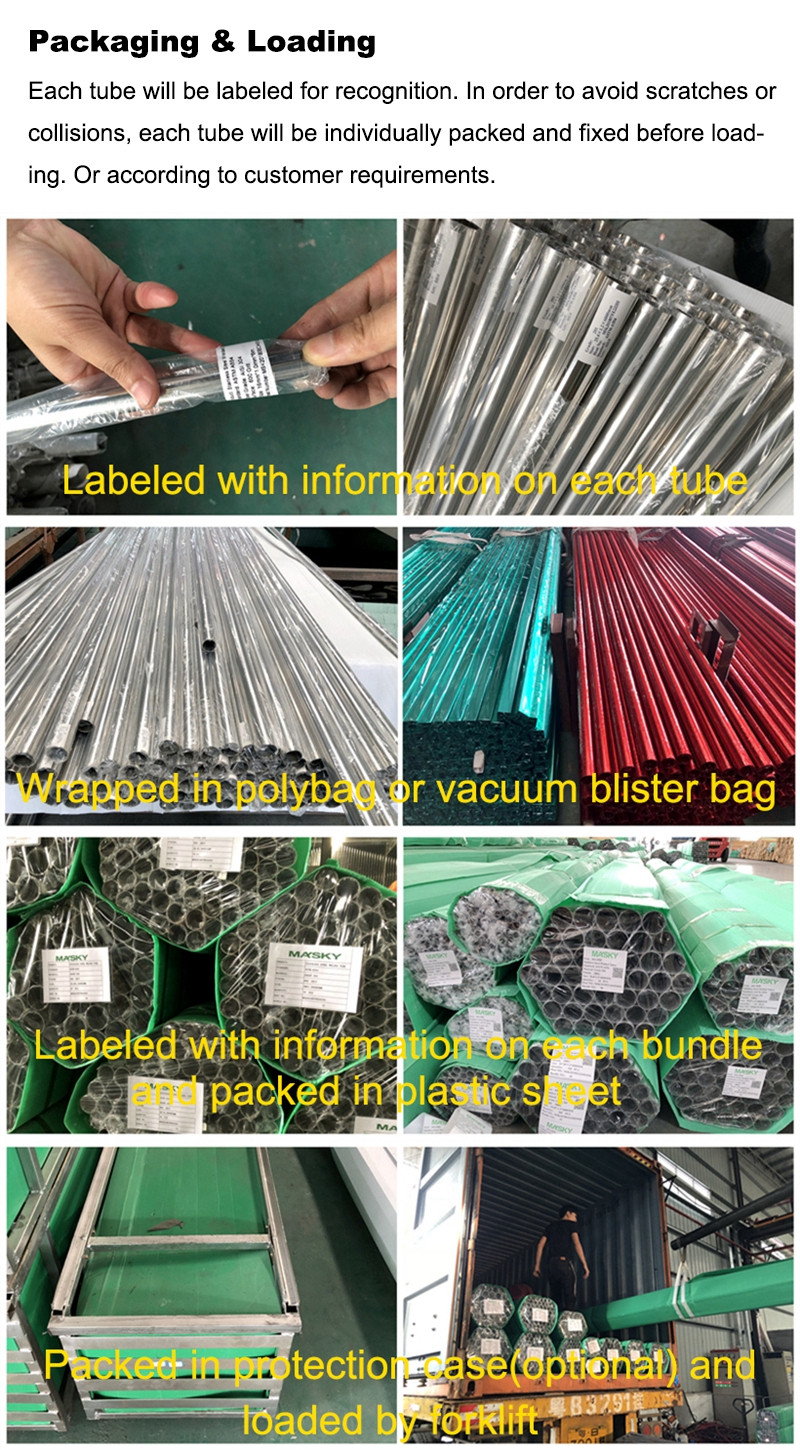






Problems and precautions in the surface treatment process of stainless steel 1. At present, the surface treatment process mainly used in the processing of stainless steel products (1) grinding: manual mechanical grinding is used, mainly dealing with cutting defects, welding defects, riveting during riveting Points and various scratches generated during processing. (2) Welding seam pickling: Welding seam pickling and passivation, mainly dealing with black oxide at the weld seam. (3) Overall passivation: The overall pickling passivation mainly deals with products with consistent overall requirements, but it is difficult to achieve the desired consistent results with this treatment method. (4) Polishing passivation: manual grinding and polishing, pickling and passivation treatment, mainly for products with decorative requirements on the surface, but the current treatment method is difficult to achieve better treatment results, and the cost of materials and working hours are relatively high. 2. At present, there are problems in the processing of stainless steel products (1) Welding seam defects: Welding seam defects are more serious, which are compensated by manual mechanical grinding treatment methods. The resulting grinding marks cause uneven surfaces and affect aesthetics. (2) Surface inconsistency: only pickling and passivation of the weld seam will also cause uneven surface and affect the appearance. (3) Scratches are difficult to remove: the whole is pickled and passivated, and various scratches generated during the process cannot be removed, and carbon steel, splashes, etc. that adhere to the surface of stainless steel due to scratches and welding splashes cannot be removed Impurities cause chemical corrosion or electrochemical corrosion and rust in the presence of corrosive media. (4) Uneven grinding and polishing passivation: After manual grinding and polishing, pickling and passivation treatment is performed. It is difficult to achieve a uniform and uniform treatment effect for a large-area workpiece, and an ideal uniform surface cannot be obtained. And the cost of working hours and the cost of auxiliary materials are also higher. (5) The pickling capacity is limited: the pickling passivation paste is not omnipotent, and it is difficult to remove black plasma due to plasma cutting and flame cutting. (6) The scratches caused by human factors are more serious: During lifting, transportation and structural processing, scratches caused by human factors such as bumps, dragging, and hammering are more serious, which makes the surface treatment more difficult, and it is also produced after treatment The main cause of corrosion. (7) Equipment factors: In the process of bending and bending of profiles and plates, the scratches and creases caused are also the main causes of corrosion after treatment. (8) Other factors: During the procurement and storage of stainless steel raw materials, bumps and scratches due to lifting and transportation are also serious, which is also one of the causes of rust. 3. Measures should be taken (1) Storage, hoisting, transportation a. Storage of stainless steel parts: there should be a special storage rack, the storage rack should be a wooden or painted carbon steel bracket or a rubber pad to match with carbon steel and other metals The material is isolated. When stored, the storage location should be convenient for lifting and transportation. It should be relatively isolated from other material storage areas. There should be protective measures to avoid contamination of stainless steel with dust, oil, and rust. b. Lifting of stainless steel parts: When lifting, special lifting equipment should be used, such as lifting straps, special chucks, etc. It is strictly forbidden to use steel ropes to avoid scratching the surface: and when lifting and placing, avoid scratches caused by impact bumps. c. Transportation of stainless steel parts: During transportation, transportation tools (such as trolleys, battery cars, etc.) should be used, and they should be clean and have isolation protection measures to prevent dust, oil rivers, and rust from contaminating stainless steel. (2) Processing a. Processing area: The processing area of stainless steel parts should be relatively fixed. The platform of the stainless steel parts processing area should take isolation measures, such as laying rubber pads. The fixed management and civilized production of the stainless steel parts processing area should be strengthened to avoid damage and pollution to the stainless steel parts. b. Cutting: The cutting of stainless steel parts adopts shear or plasma cutting, steel cutting, etc. (a) Shearing: When cutting, it should be isolated from the feeding bracket, and the falling hopper should also be covered with rubber pads to avoid scratches. (b) Plasma cutting: After plasma cutting, the slag should be cleaned. When batch cutting, the completed parts should be cleaned in time to avoid the slag on the workpiece.